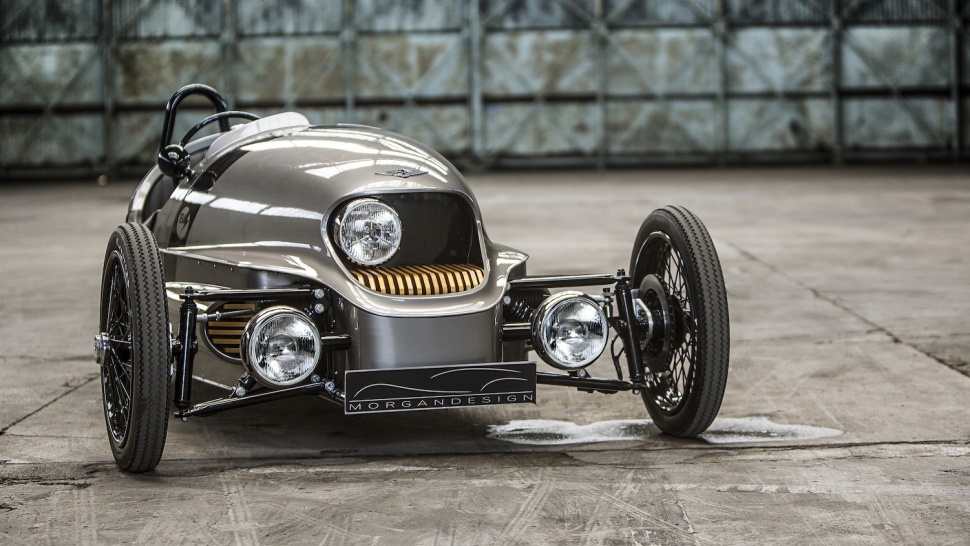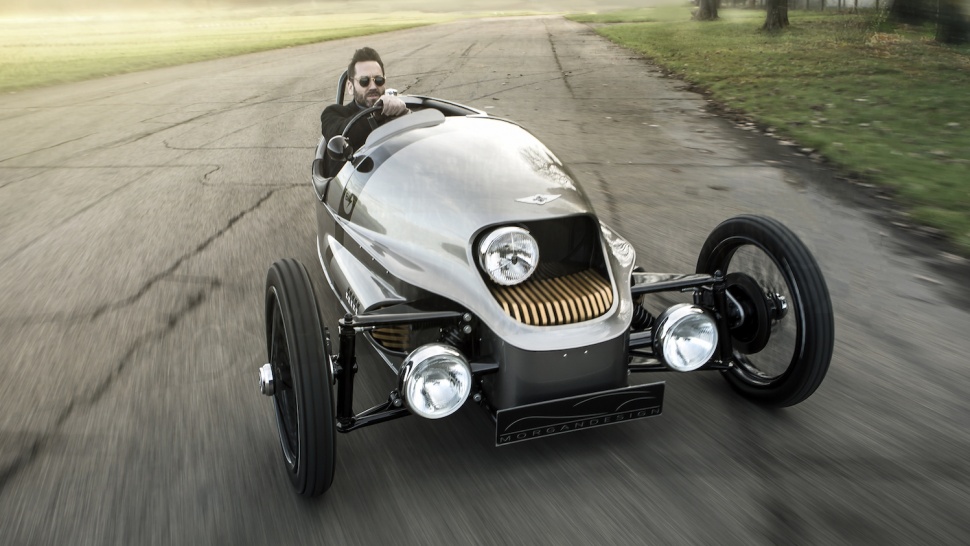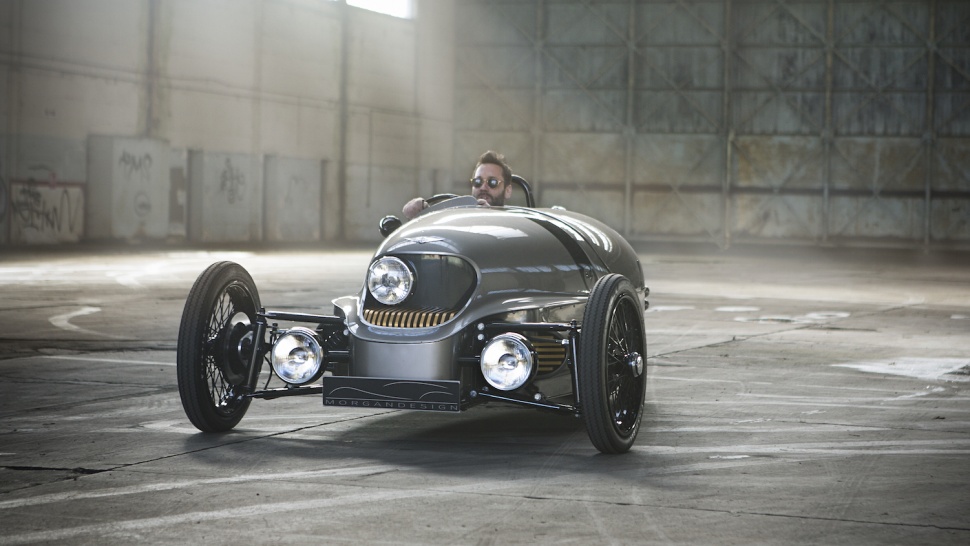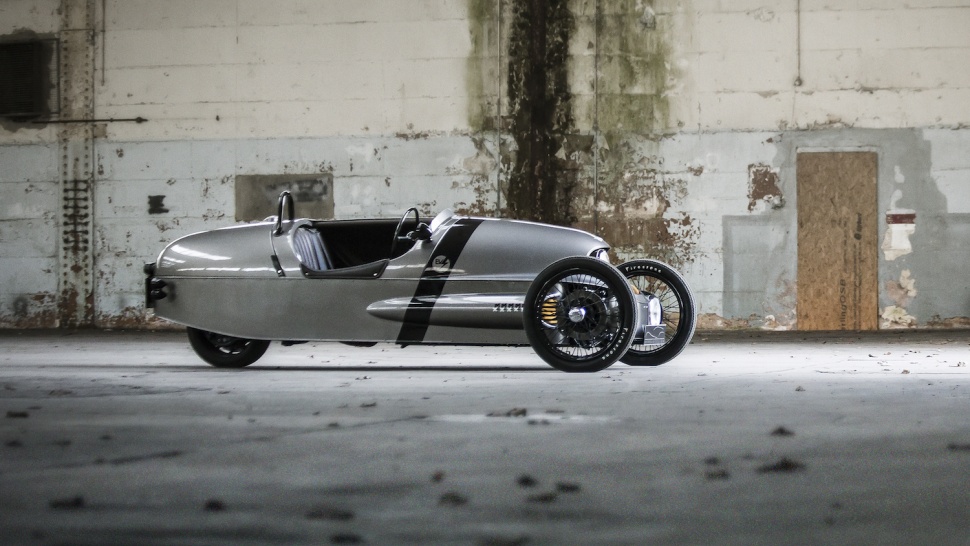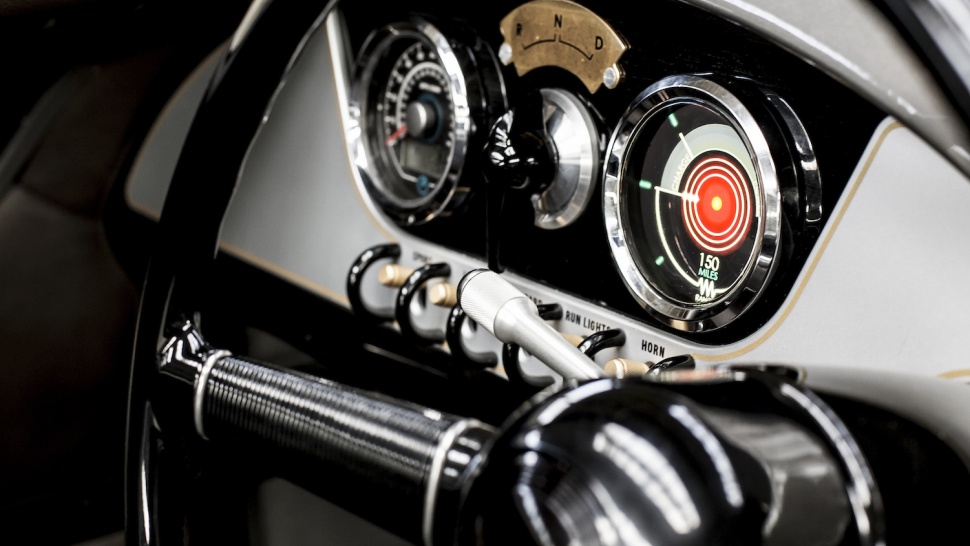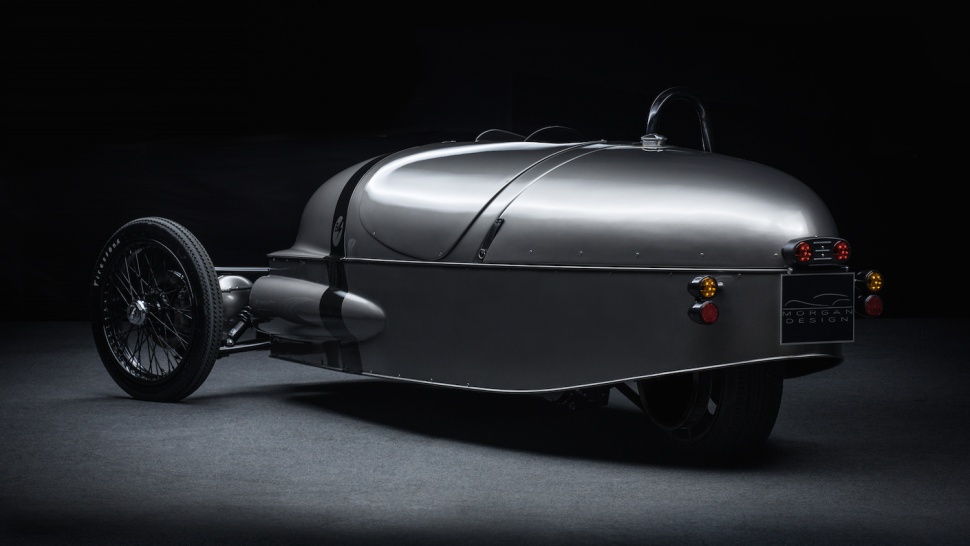Ever since Morgan Motor Company was established over a century ago, the U.K. automaker has delivered hand-crafted vehicles that focus on driver pleasure and vehicle aesthetics above all.
The automaker’s first model, the classic V-twin three-wheeler, is as important to the brand’s rich history as is its practice of using wood in constructing core elements of its vehicles. The F Series three-wheeler that was built between 1932 and 1953 was the inspiration for the Morgan three-wheeler revival that has been embraced by the automotive world since 2011.
While the marque has carved a niche with BMW-sourced, limited-run, retro-styled sports cars, the three-wheeler’s rebirth has helped elevate the automaker’s visibility and “cool factor.” Riding on the stylish success of that model, the automaker has now introduced its first-ever all-electric model, the EV3.
Instead of simply swapping the standard three-wheeler’s 1983 cc V-twin for an electric motor and calling it a day, Morgan went to the trouble of thoroughly re-engineering its EV3 and giving it a unique modern styling. Unlike the EV3 concept, the production vehicle offers much more to look at than merely a sleek tubular body. At the front, the roadster’s electric motor and battery resemble elegant gold piano keys and are complemented by an off-center main headlight.
Powering the EV3 is a 20kWh lithium battery and a liquid-cooled 46kW electric motor that manages 150 miles on a single charge. The EV3 can sprint to 60 mph in 9.0 seconds and tops out at 90 mph, which is a good bit off the pace of the petrol-powered three-wheeler. Another first for Morgan is the use of composite carbon fiber in the bodywork, while the rest of its figure is made from aluminum. Thanks to these lightweight components, the all-electric three-wheeler actually weighs less than its V-twin sibling, at 1,100 pounds.
While its performance won’t rival any genuine sports cars, Morgan’s vehicles have never been about all-out speed. The EV3’s design, open-top joys, and connected driving experience add up to a distinctive vehicle.
According to Morgan, the EV3 will go into production during the fourth quarter of 2016, and “will be priced comparably to the gasoline three-wheeler,” which sells for about $36,000.
While most current electric vehicles are designed to be utilitarian commuter instruments, the EV3 stands out in offering hope for enthusiasts in a world that’s transitioning to alternative energy formats. If we can enjoy an EV as an escape rather than a tool, then there’s hope for a satisfying transition from gas to electric engineering.
Check out Worthly for more info. and the EV3 launch trailer.
